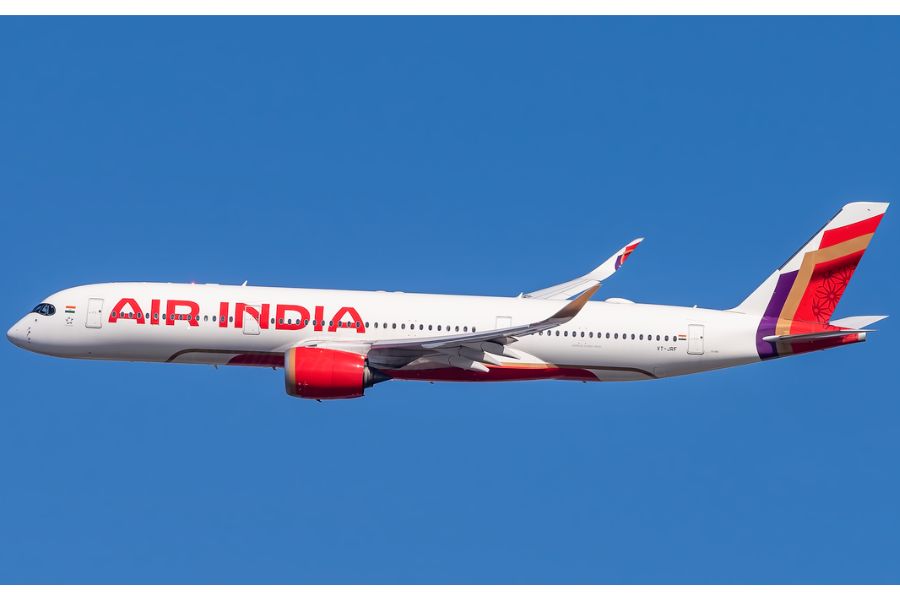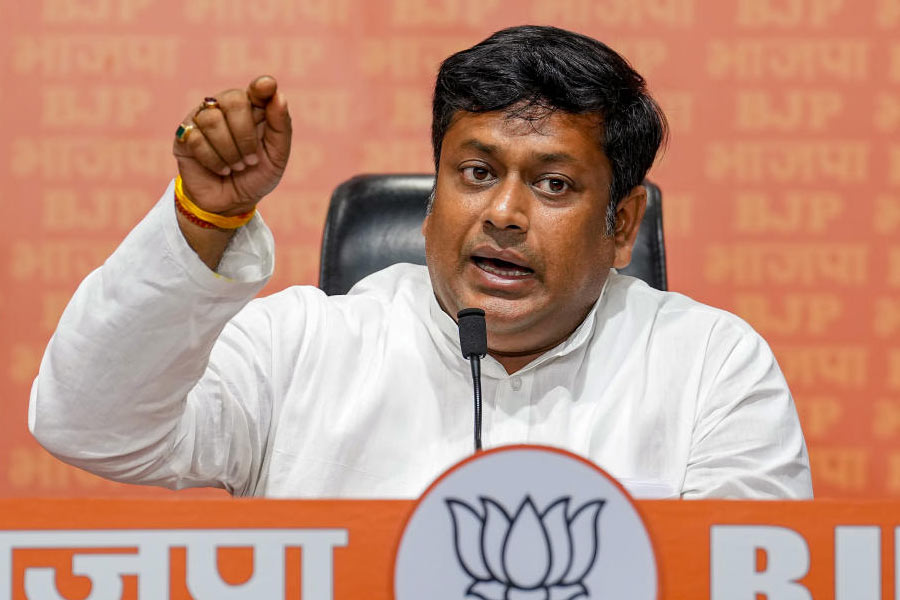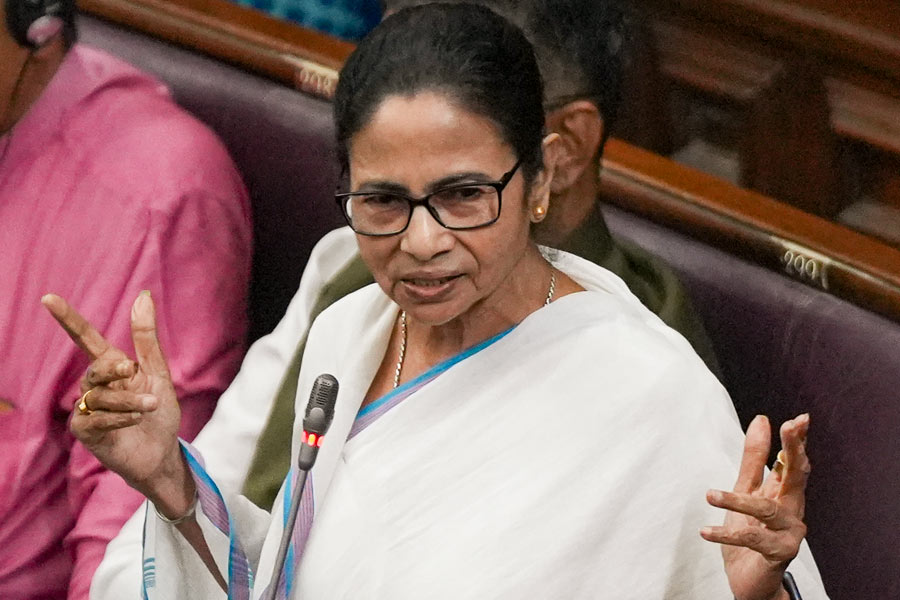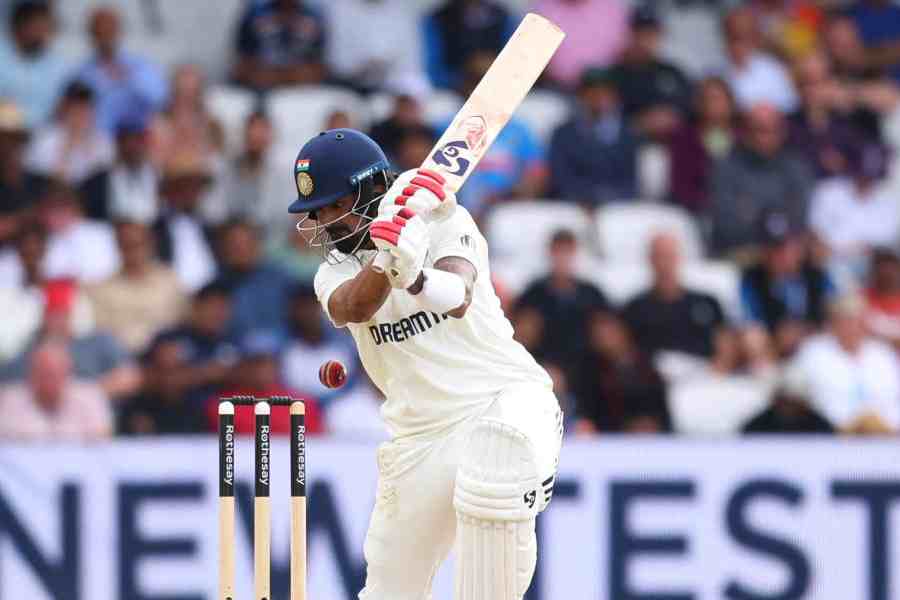New Delhi, Aug. 8: People across India mixed and mated without class, caste, or ethnic barriers for about 2,300 years until strict endogamy emerged across the subcontinent around the 2nd century AD, a new genetic study has suggested.
The study by scientists at the Centre for Cellular and Molecular Biology (CCMB), Hyderabad, and the Harvard Medical School has indicated a staggering level of population admixture that they say had not been previously suspected.
The scientists said that ancient, pervasive and widespread mixture of genes showed up in the genetic makeup of virtually all of India’s present-day populations — upper-castes, lower-castes, and even tribes such as Bhils of Gujarat, the Kallars of Tamil Nadu, and another tribe from Uttar Pradesh, long viewed as genetically isolated.
The study, based on the analysis of the genetic make-up of 571 persons from 73 well-defined ethno-linguistic groups — 71 from India and two from Pakistan — has found evidence of widespread population mixture between 4,200 and 1,900 years ago.
“With the dawn of endogamy, genetic mixing became rare — that’s what we see in present-day Indian genomes,” Priya Moorjani, a graduate student at the Harvard Medical School and the first author of the study, told The Telegraph. The findings will be published tomorrow in the American Journal of Human Genetics.
The CCMB-Harvard team had shown through similar genetic analysis four years ago that most Indians have their origins in two root populations — ancestral south Indians (ASI) not related to any population outside the subcontinent, and ancestral north Indians (ANI) related to present-day Central Asians, Middle Easterners, Caucasians and Europeans.
The genetic makeup of modern Indians contains a mosaic of chromosomal segments from both ANI and ASI — and the lengths of the segments of ASI and ANI ancestry allow them to measure the time of genetic mixture in individual populations.
“We can now assign time periods for cultural changes in India that appeared to culminate in the establishment of endogamy some 1,900 years ago,” said co-author Kumarasamy Thangaraj, a scientist and team member at the CCMB.
The analysis shows the history of India’s population has changed episodically, said David Reich, professor of genetics at the Harvard school and the study’s senior author. Prior to 4,000 years ago, there was no mixture — the ANI and ASI remained isolated.
“Then there was widespread mixture between ANI and ASI that affected all population groups in India, including the isolated tribal groups,” Reich said. “And finally, there was a shift to endogamy such that mixture between even geographically closely-located groups became rare.”
The scientists have found that the dates of mixture are correlated to language and geography as the mixtures are more recent in the northern Indo-European language speaking groups than in the southern Dravidian language speaking groups of India. That is possibly because populations in the north have had multiple episodes of ANI-ASI mixtures.
The study has also indicated tentative dates when specific population groups turned to endogamy — the Vysyas in Andhra for instance have the longest period of endogamy, or genetic isolation, nearly 3000 years. The Bhils in Gujarat have remained largely isolated for nearly 2200 years.
The ancestors of Kshatriyas in Uttar Pradesh were mixing with other groups at least until 2,200 years ago, the ancestors of Brahmins in Uttar Pradesh were doing so at least until 1,885 years ago, as did those of the Sindhis of Pakistan up to 1,940 years ago.
Moorjani, who completed a Bachelor of Engineering in computer science in Mumbai before pursuing a PhD in genetics in the US, said the new study was consistent with the content of the ancient Indian texts, including the Rig Veda.
“The oldest text in India, the Rig Veda, does not mention a caste system at all, and suggests there was substantial social movement of populations, as reflected in the acceptance of people with non-Indo-European names as chieftains and poets,” she said.
“The class system, of grouping people based on occupational roles, is first mentioned only in the book 10 of Rig Veda that was likely to have been composed later. The caste system of endogamous groups is, however, only mentioned centuries later in the law code of Manu, or Manusmriti, that forbids mixing between caste groups.”
“We’ve known there was admixture and co-mingling of populations, but we'll need more evidence to establish the chronology,” said T.K. Venkatasubramanian, a former professor of ancient Indian history at the University of Delhi.
“The date for the code of Manu is not clear, but it is accepted as having been around in the pre-Christian era, after the advent of the iron age which began in India around 1000 BC.”
The CCMB’s Thangaraj said long periods of endogamy had led to concentration of certain deleterious genetic mutations in some populations.










